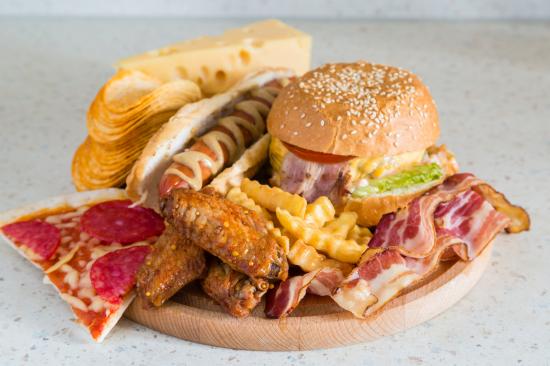Graphic and shocking images such as a damaged heart and dead body, similar to those used on cigarette packs, may be more effective as warnings about the dangers of unhealthy diets like junk food, according to the latest Australian research.
“The study shows that if you want to stop people choosing fatty and sugary packaged foods, health warnings actually work,” University of Melbourne researcher Stefan Bode, who co-authored the study by the university and nonprofit health group Cancer Council Victoria, said in a statement on Thursday.
“It sheds light on the mechanisms in the brain that underlie the effects of health warning messages on food processing.”
The study involved hungry participants who were shown color pictures of 50 different snack foods ranging from chips, chocolate bars and biscuits to nuts, fruits and vegetables.
They were then asked to rate on a scale how much they would like to eat each food at the end of the experiment.
Negative text combined with images, such as those of the diseased heart and dead body, was “twice as effective at changing people’s choices than messages that had negative text-only content or those with images combined with positive text”, the researchers wrote of their findings, which were published in the scientific journals NeuroImage: Clinical and Appetite.
Cancer Council Victoria behavioural researcher and study co-author Helen Dixon said the project has also helped identify which types of health messages are most effective at prompting healthier food choices,
“Strong cues, like anticipated taste, tend to work on us in a more unconscious way, and therefore health messages need to disrupt these more impulsive, hedonistic responses to foods and make people consciously consider the health implications of their choices.”
Dixon called on Australian authorities to improve and make mandatory a health star rating system on foods, which was launched in 2014 and aims to encourage consumers to make better food choices. (Xinhua/NAN)

